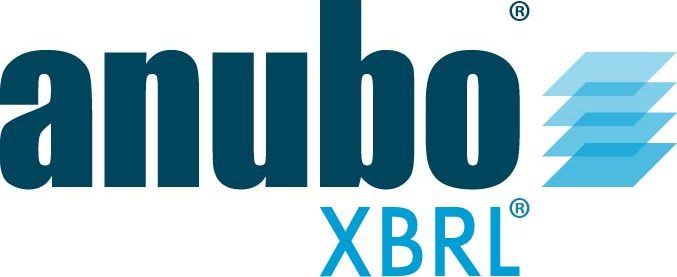March 8. 2024. As part of the ESMA consultation on the new European Single Access Point (ESAP), the DVFA, the association of investment professionals in Germany, criticized the lack of a quality assurance system as a serious design flaw in the ESAP. The DVFA Commission for Corporate Analysis, of which I am a member and focus on digitalization issues, has submitted a detailed proposal to ESMA on this matter.
In our opinion, there is a lack of uniform Europe-wide regulations for the technical enforcement of a uniform minimum quality of data. Technical filing rules are implemented inconsistently at the various OAMs (business registers and others) in Europe. In some member states they are mandatory. In others they are voluntary for the reporting companies. In addition, they are not harmonized within Europe. This seems to be a very big gap in European legislation with very significant implications, namely that a minimum data quality cannot be ensured in this way
ESMA should have software developed for a uniform quality assurance system, which will be made available to the national submission authorities via an open source license for mandatory implementation in the submission interfaces. In summary, based on the measures suggested, a minimum data quality in the EU could be enforced cost-effectively and the national collection bodies could be supported in a uniform manner. In addition, the national collection bodies remain free to add additional quality rules to such an engine in a cost-effective manner to the extent that this would be helpful to their national situation.
March 8. 2024. As part of the ESMA consultation on the new European Single Access Point (ESAP), the DVFA, the association of investment professionals in Germany, criticized the lack of a quality assurance system as a serious design flaw in the ESAP. The DVFA Commission for Corporate Analysis, of which I am a member and focus on digitalization issues, has submitted a detailed proposal to ESMA on this matter.
In our opinion, there is a lack of uniform Europe-wide regulations for the technical enforcement of a uniform minimum quality of data. Technical filing rules are implemented inconsistently at the various OAMs (business registers and others) in Europe. In some member states they are mandatory. In others they are voluntary for the reporting companies. In addition, they are not harmonized within Europe. This seems to be a very big gap in European legislation with very significant implications, namely that a minimum data quality cannot be ensured in this way
ESMA should have software developed for a uniform quality assurance system, which will be made available to the national submission authorities via an open source license for mandatory implementation in the submission interfaces. In summary, based on the measures suggested, a minimum data quality in the EU could be enforced cost-effectively and the national collection bodies could be supported in a uniform manner. In addition, the national collection bodies remain free to add additional quality rules to such an engine in a cost-effective manner to the extent that this would be helpful to their national situation.
© 2024 anuboXBRL GmbH & Co. KG – all rights reserved
